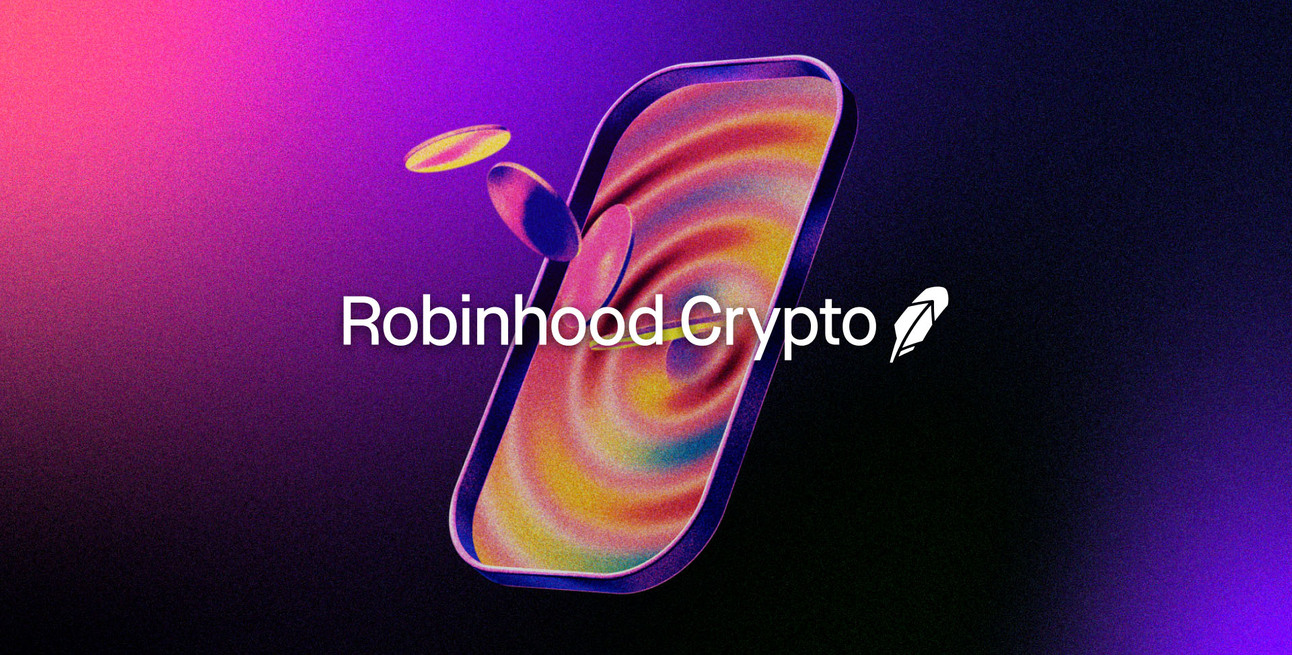
History always rhymes in unexpected ways. In the winter of 2021, Robinhood ended the first "siege" of Wall Street by retail investors by pulling the plug. Three years later, the company seems ready to launch its own, more thorough revolution - not by challenging the rules, but by creating them. When rumors point to Robinhood collaborating with Arbitrum to build a dedicated Layer2 blockchain, we see far more than just a business plan for tokenizing stocks. It is a signal that the former "rebellious youth", after experiencing growing pains, has finally decided to build its own castle. This is Robinhood's second revolution, a transformation from "breaking" to "establishing". We return to that historic moment - the "GameStop incident". The seemingly absurd short squeeze initiated by retail investors on the Reddit forum WallStreetBets was once viewed as a "victory of the people", with Robinhood crowned as a hero fighting against Wall Street giants. However, when the frenzy peaked, Robinhood unilaterally banned users from buying stocks like GME, citing "market abnormal volatility" and counterparty clearing risks. At that moment, the hero narrative instantly collapsed. Countless retail investors discovered that the "revolutionary weapon" they trusted ultimately had its trigger still in someone else's hands. Robinhood's CEO Vlad Tenev later explained in a congressional hearing that this was due to the Depository Trust & Clearing Corporation (DTCC) demanding a margin of up to $3 billion, forcing the company to restrict trading to reduce risk. This explanation exposed a cruel truth: in the face of the massive traditional financial machine, even a fintech newcomer like Robinhood with millions of users remains a tiny participant, not a rule-maker. They depend on upstream clearing institutions, market makers, and banks, with their lifeline firmly gripped by the power centers of the old world. The GameStop incident became Robinhood's "original sin" and an inextricable thorn in its side. This thorn constantly reminds it: to truly empower users, one must first possess power. This desire for infrastructure autonomy has become the core key to understanding all of its strategic layouts today. From this perspective, building its own L2 blockchain has transformed from an optional choice to an inevitable one. It is no longer a simple "business on-chain", but a "destiny on-chain" concerning the company's survival and future development.
[The rest of the translation follows the same professional and accurate approach]Path One: Open "Roman Forum". Replicating Base's successful experience, positioning this L2 as an open infrastructure, inviting global developers to innovate around its tokenized stock ecosystem. For example, building decentralized stock index funds, options protocols, lending markets, and more. This will greatly enrich its ecosystem, but also place it in direct competition with Base, testing its community operations and developer attraction capabilities.
Path Two: Closed "Apple Ecosystem". This might be a choice more aligned with Robinhood's DNA. As suggested by data platform Token Terminal, Robinhood could choose not to open to external developers, instead focusing all resources internally. It will leverage its strongest product design capabilities to create an extremely seamless, integrated closed financial environment. Users trading on this chain will not feel any blockchain complexity, just like using a regular app.
The core of this approach is using Web3 technology (trustless, low-cost, high-efficiency) as the underlying kernel, but with a Web2 product experience (concise, smooth, centralized service) as the shell. It abandons the pursuit of "decentralization" fundamentalism, instead embracing pragmatism that can best attract and retain mass users. This might not be "cool", but for those millions of ordinary investors attracted by Robinhood's simple interface, this might be exactly what they need.
Conclusion: When the Rebel Picks Up the Scepter
Regardless of the final announcement, Robinhood's move will be a watershed moment in the history of financial technology and crypto world fusion. It signifies that Web2 traffic giants are no longer satisfied with merely treating cryptocurrency as a new trading category, but are beginning to covet its more disruptive power—reconstructing financial infrastructure's power.
The former "Robin Hood", in a challenger's posture, allowed ordinary people a glimpse into Wall Street's inner workings. Now, this grown-up rebel chooses to pick up the scepter, building a new city for himself and his followers. Whether this city can fulfill its original promise of "financial democratization" or will become another power center ruled by algorithms and code, history will provide the answer.
But one thing is certain: when Robin Hood begins to build walls, the old world's walls have already gained another crack. A war for dominance in the future financial world is unfolding in an entirely new way.






